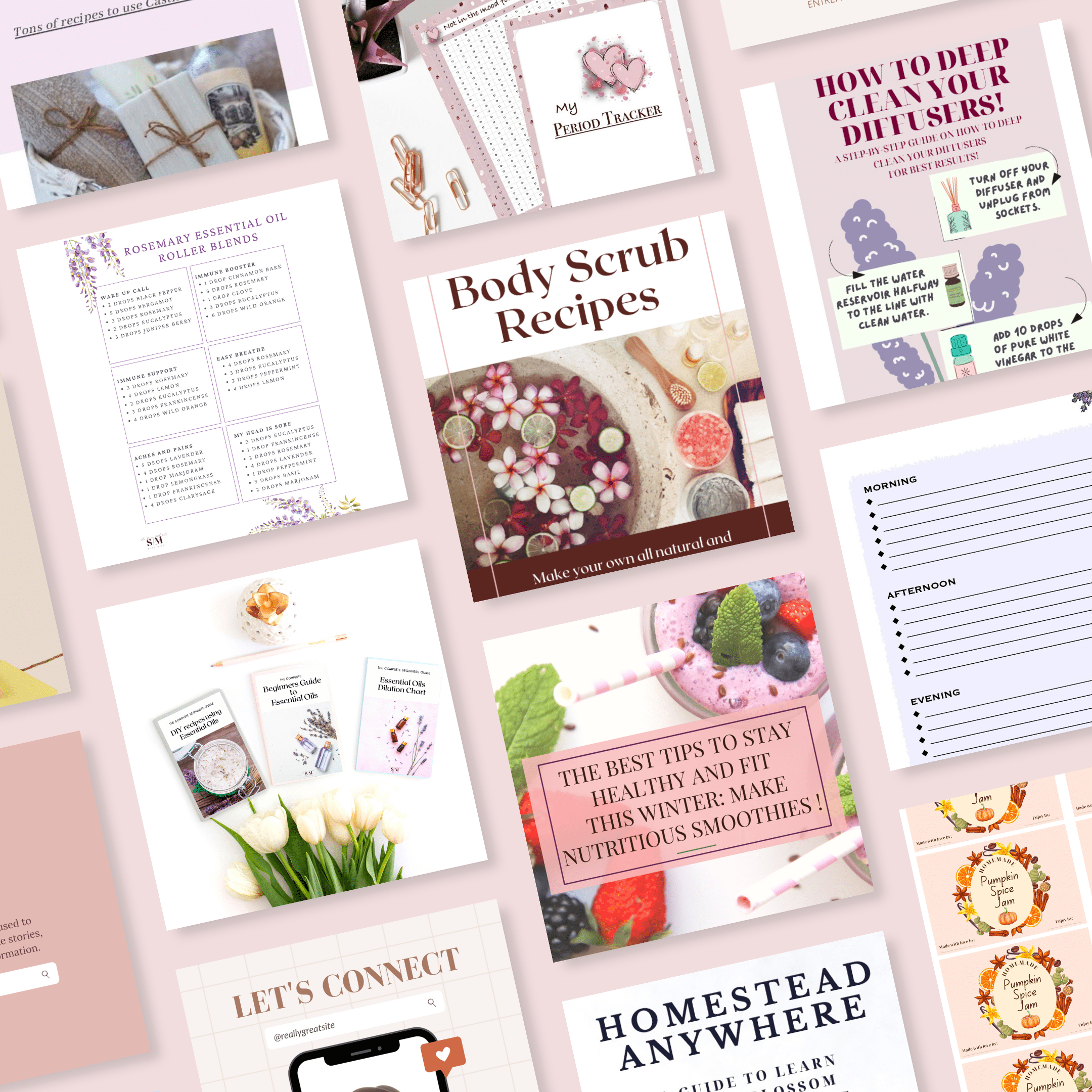IS SOURDOUGH BREAD GOOD FOR YOU?
Is sourdough bread good for you? What’s all the hype about you might wonder?
Since this pandemic started, everybody is suddenly interested in bread making.
In particular, sourdough bread seems to be on everyone’s list.

The following post contains affiliates, which means I’ll get a small commission if you decide to buy using the links provided. This will add NO EXTRA COST to you but it helps me to keep this blog up and running. Thank you. You can get more info by reading my Disclaimer page.
Why is everybody suddenly obsessed with sourdough?
Most importantly, how is it different from white bread?
Lastly, does it have health benefits?
All this questions have prompted me to write a different kind of article.
So, I’m taking a break from my usual Essential Oils posts this week.
I hope you will find this post helpful.
WHAT YOU WILL LEARN IN THIS BLOG POST
This is not just another post about sourdough bread making.
If you do a quick Google search on this topic, you will be inundated with a long list of results.
But, this is not that type of post.
Firstly, I’ll briefly explain what sourdough bread is.
Then, I’ll tell you why it is good for you and for your health.
Lastly, and most importantly, I’ll provide you with links to a few trusted websites, to get:
- practical tips on how to answer common questions;
- troubleshooting articles;
- tried and tested recipes.
Read on for all these info!
HOW DID I START MAKING SOURDOUGH BREAD?
I have very fond memories of my grandmother making sourdough bread in her farm kitchen. I remember she used to let the dough “rest” (rise) in a ceramic bowl carefully placed under a blanket, to keep it nice and warm.
Her bread is the best I’ve ever tasted in my life, and I know that my bread-making skills will never compete with hers!
Because of those memories, sourdough has a special place in my heart for sure.
However, although I have been making regular bread for many years, I admit to only starting dabbling with sourdough recently.
I had tried to grow a starter in the past, but with no luck.
Then, about a year ago, a dear friend hosted a demonstration at her house, and she invited me to go.
She kindly taught a group of mums how to make sourdough, and even had a starter for everyone to bring home.
And that’s how I started.
IS IT EASY TO MAKE SOURDOUGH BREAD?
Sourdough is unlike any other bread you will ever make: it takes some practice.
It’s a learning curve for sure.
Even though I had all those childhood years of watching my grandma making bread, my very first attempt was a total failure.
However, now I can make very good and well risen loaves every single time. But, it took a while and some experimenting.
WHAT IS SOURDOUGH BREAD?
I came across this article by the “BBC good food” website.
The article defines it as: ”naturally leavened bread, which means it doesn’t use commercial yeast to rise. Instead, it uses a ‘starter’ (a fermented flour and water mixture that contains wild yeast and good bacteria) to rise. This also produces the tangy flavour and slightly chewy texture you’ll find in sourdough. Wild yeast has more flavour than commercial yeast, and is natural in the sense that it doesn’t contain any additives.”
SOURDOUGH BREAD IS HEALTHY
It contains no additives and flavourings. Therefore, it is healthier than regular, store bought bread.
In short, the only ingredients you will need are water, flour and salt.
THE HEALTH BENEFITS OF SOURDOUGH BREAD
Store bought bread is made with commercially produced yeast that can be hard to digest.
To make sourdough bread on the other hand, you will need a starter, which is alive with wild yeast and other bacterias such as lactic acid bacterias.
During the bread making, those naturally occurring bacterias will start the fermenting process by feeding on the sugars that are present in the dough, giving us a bread that is well risen and easy to digest.
IS SOURDOUGH BREAD MORE NUTRITIOUS THAN REGULAR BREAD?
An article from healthline.com says: “Although sourdough bread is often made from the same flour as other types of bread, the fermentation process improves its nutrition profile in several ways.
For starters, whole grain breads contain a good amount of minerals, including potassium, phosphate, magnesium and zinc. Unfortunately, the absorption of these minerals is limited by the presence of phytic acid (phytate).
Phytates are considered anti-nutrients because they bind to minerals, reducing your body’s ability to absorb them.
However, sourdough bread has a much lower phytate content than other types of bread. Therefore, it is more nutritious than conventional bread.
Moreover, studies show that the lactic acid bacterias present in sourdough bread have the ability to release antioxidants during fermentation.
Sourdough fermentation also increases folate levels in the bread.
Finally, sourdough’s longer fermentation time helps improve the flavour and texture of whole grain bread. Consequently, this might make people more likely to opt for a whole grain bread, thereby promoting a higher consumption of fibre and nutrient-rich breads”.
CONCLUSION
Sourdough bread contains higher levels of folate and antioxidants than other breads. Also, its lower phytate levels allow your body to absorb the nutrients it contains more easily.
IT IS GOOD FOR THE GUT
Because it contains naturally occurring bacterias and fibre, which both act as prebiotic (the “food” for the good bacterias in the human gut), sourdough is considered good for gut health.
HOW TO MAKE SOURDOUGH BREAD?
You will only need three basic ingredients: flour, water and salt.
- Flour. You can use different types of flour, such as white, wholegrain, rye…. To start with though, I’d recommend you try strong white flour, as it is readily available and easy to use.
- Water. You can use tap water, no need to buy mineral water at the store.
- Salt. Fine, pure sea salt is the best, but if you don’t have it, you can use any type of cooking salt.
To get you started, I recommend you watch this video from “ILoveCookingIreland” on YouTube: it will give you invaluable information on how to grow a STARTER (if you don’t know anyone that could provide one for you), and on how to bake the dough successfully.
WHAT TOOLS DO YOU NEED TO MAKE SOURDOUGH BREAD?
To make sourdough bread, you only need your hands really, but if you own a food processor you can use it, as long as it has the kneading function.
I do recommend a couple of tools though.
1) BANNETON BASKET
Definitively invest in a Banneton basket: they are very affordable and readily available on Amazon or in stores that specialise in baking/cooking supplies.
A Banneton basket is the best tool you could use to let your dough rest during the rising process. It’s made of natural materials, and it will help the dough retain its shape better.
This is the basket I personally use. It comes with a Cloth Liner, Dough Scraper, Bread Lame (to score the dough before cooking it), and a Starter Recipe Set:
2) BREAD CLOCHE
Another tool I highly recommend is a Bread Cloche.
You will need a Bread Cloche to bake your loaf. The cloche will ensure that steam is created during baking, allowing the loaf to rise properly, and also allowing a nice crust to form.
You cannot bake good sourdough bread without a cloche or a dutch oven.
On Amazon you will find a large variety of bread cloches, and you can decide which one to buy, depending on your budget.
I can recommend this one:
If you have a higher budget, you could invest in this fabulous alternative:
USEFUL LINKS FOR YOU
I want to provide you with some useful links now, as promised.
These are all blogs I follow on a regular basis, and the information they provide is excellent.
The following resources will help you to get started on your bread making journey.
1) SOURDOUGH CHEESY SCONES (BISCUITS) by Alexa at the “Duvall Homestead”.
A fabulous recipe, super easy to make and ideal for lunch boxes or the dinner table.
We have made these scones many times now, and they are perfect every time.
2) HOW TO CONVERT ANY RECIPE TO SOURDOUGH by Lisa Bass at “Farmhouse on Boone”.
One of my favourite blogs. Lisa has tons of recipes on her website, and they are all amazing.
In this article she explains how to convert any of your own recipes, which I think is very useful.
If you have a browse around her blog, you will also find a FREE EBOOK with all her sourdough recipes. This is an excellent resource to have, and I’ve used it many many times in my kitchen.
You can read her article HERE:
3) Troubleshooting Sourdough: Your Questions Answered by Jill Winger at “The Prairie Homestead”
This is the blog for everything related to homesteading and living a natural lifestyle.
Jill Winger offers a truthful and honest insight on simple, old fashion life and I love reading all her post.
She wrote this very useful article, especially if you are at the beginning of your journey in sourdough making. Here you will find answers to common questions you might have.
CONCLUSION
Making sourdough bread is most definitively a learning curve.
Therefore, you will need patience and consistency in order to succeed.
My very first attempt was a total failure, but I didn’t give up.
Because of that failure, I have read many blogs and I have watched countless YouTube videos to get inspiration, and learn a few tricks.
As a result, I got better with every attempt I made.
After all, it takes a while to master a new skill!
TO END
To conclude, don’t expect huge results from the very beginning. Be prepared for the odd failure.
Most importantly, be patient and be consistent, cause it takes practice.
I hope this blog post was helpful to you.
Please make sure to leave a comment if you have questions, or just to share your experience. I’d love to hear from you!
Till next time, Dee.
Hi, I’m Dee!
Mom of three; printables creator, natural solutions, simple living and homemade food enthusiast; “Outlander” fanatic.
When I’m not busy writing and designing, you can always find me covered in a cloud of flour in the kitchen, playing and crafting with my children, or making up some blends with my Essential Oils. Also I’m practically obsessed with Crystals and reading during my spare time.
Come along on our crazy journey as a family living in the countryside of Ireland!






Such a great article! Thank you so much! And so glad you enjoy the biscuit recipe, it’s our fave too 😀
Thank you very much for the kind comment and, most importantly, for the recipe! I love it: those biscuits (we call them scones here in Ireland ?) are just so easy to make and delicious! Ideal for lunch boxes and healthy snacks, or the dinner table! Looking forward to more of your recipes.